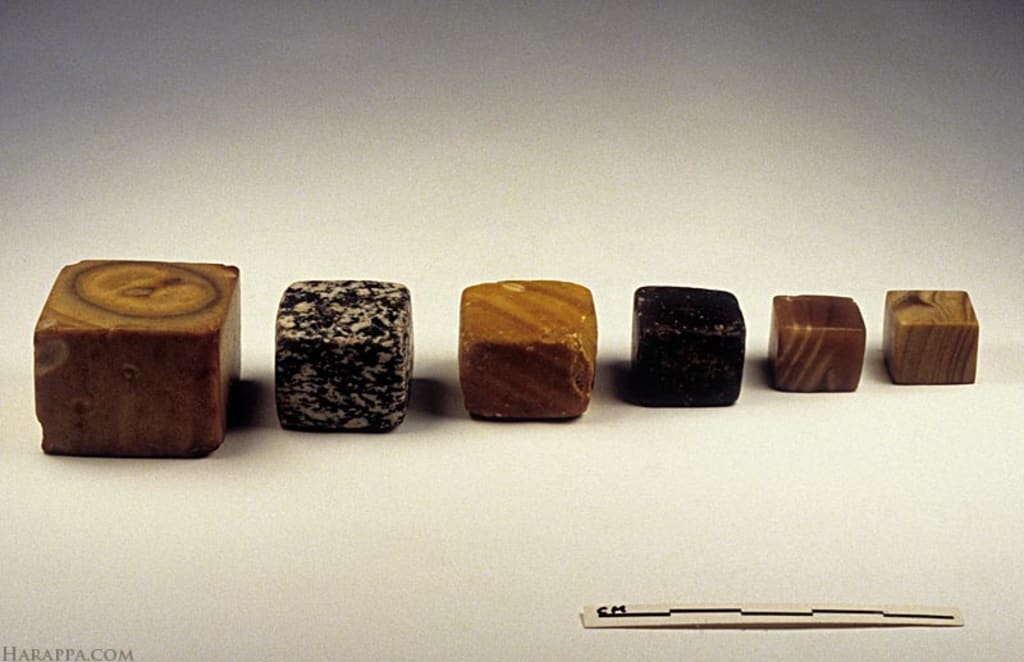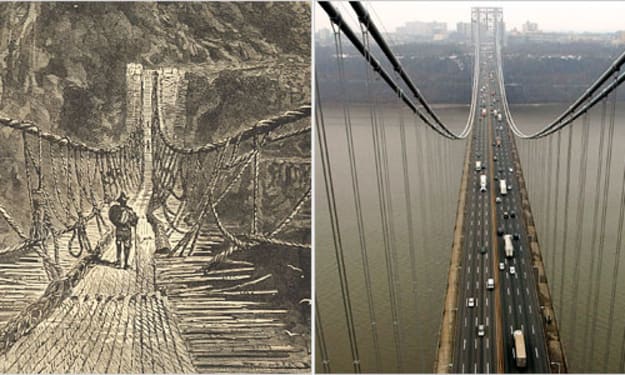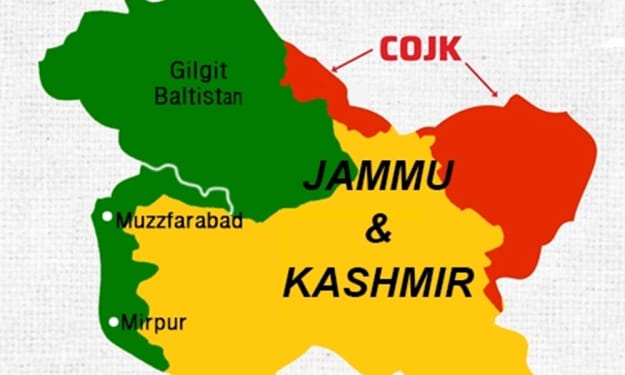Harappan Weight System: Precision and Standardization in the Indus Valley
History

The Harappan weight system, developed by the ancient Indus Valley Civilization, exemplifies the precision and standardization achieved by one of the world's earliest urban societies. This sophisticated system facilitated trade, taxation, and administrative activities, contributing significantly to the civilization's economic and social organization. This article explores the origins, design, applications, cultural significance, and enduring legacy of the Harappan weight system.
Origins and Historical Context
The Harappan civilization, also known as the Indus Valley Civilization, thrived between approximately 2600 BCE and 1900 BCE in the northwestern regions of South Asia, encompassing modern-day Pakistan and northwest India. It was one of the world's earliest urban cultures, known for its advanced urban planning, architecture, and social organization.
The development of the weight system was integral to the civilization's economic infrastructure. As Harappan society expanded and became more complex, the need for standardized weights and measures became critical for maintaining fair trade, taxation, and resource management across their extensive and interconnected urban centers.
Design and Construction
The Harappan weight system is characterized by its standardization and precision, reflecting the advanced mathematical and administrative capabilities of the civilization:
- Materials and Shape: The weights were primarily made from chert, a hard, fine-grained sedimentary rock, though other materials like shell and jasper were also used. They were typically cubical or barrel-shaped, designed for durability and ease of handling.
- Standard Units: Harappan weights were based on a binary system with units doubling in size from one to the next. The smallest unit was approximately 0.86 grams, with larger weights being multiples of this base unit. This standardization allowed for consistent and precise measurements.
- Markings and Inscriptions: Some weights featured inscriptions or marks, indicating their specific value. These markings facilitated easy identification and ensured the accuracy of transactions.
Applications and Cultural Significance
The Harappan weight system had various practical applications and held cultural significance within the society:
- Trade and Commerce: Standardized weights were essential for trade, both within the Indus Valley and with external regions. They ensured fair exchanges and fostered trust among traders, which was crucial for the economic prosperity of the civilization.
- Taxation and Administration: The weights were used for taxation purposes, helping administrators collect and manage resources efficiently. This system enabled the state to maintain control over production, distribution, and storage of goods.
- Craft and Industry: In industries such as metallurgy, bead-making, and pottery, precise weights were vital for maintaining quality and consistency. Artisans relied on these measures to produce standardized products for local use and trade.
- Cultural Practices: The use of standardized weights reflects the high degree of social organization and collective governance in Harappan society. It indicates an advanced understanding of mathematics and measurement, underscoring the intellectual achievements of the civilization.
Historical Impact and Rediscovery
The rediscovery of the Harappan weight system has provided significant insights into the economic and administrative sophistication of the Indus Valley Civilization:
- Archaeological Discoveries: Excavations at major Harappan sites such as Harappa, Mohenjo-Daro, and Dholavira have uncovered numerous weights. These artifacts have been crucial in understanding the economic practices and daily life of the Harappans.
- Research and Interpretation: Studies of these weights have revealed the precision and consistency of the Harappan weight system. Researchers have used these findings to reconstruct aspects of Harappan trade networks, industrial processes, and administrative systems.
Legacy and Modern Relevance
The legacy of the Harappan weight system continues to influence contemporary understanding of ancient metrology and economic systems:
- Historical Scholarship: The Harappan weight system is a subject of ongoing research and fascination. It provides valuable insights into early standardization practices and the role of measurement in the development of complex societies.
- Cultural Heritage: The meticulous standardization and use of weights highlight the advanced nature of the Indus Valley Civilization. They are celebrated as a testament to the intellectual and organizational capabilities of one of the world's earliest urban societies.
- Influence on Modern Systems: The principles of standardization and precise measurement that underpinned the Harappan weight system have parallels in modern metrology. Understanding these ancient practices enriches the historical context of contemporary measurement systems.
Conclusion
The Harappan weight system stands as a remarkable achievement in the history of metrology and economic organization. Its precision and standardization reflect the advanced state of the Indus Valley Civilization, showcasing their expertise in mathematics, trade, and administration. Rediscovered through archaeological efforts, these weights provide invaluable insights into the economic practices and intellectual achievements of one of the world's earliest urban cultures. As symbols of the Harappans' ingenuity and organization, they continue to inspire and inform modern scholarship and appreciation of ancient civilizations.
About the Creator
Marveline Merab
“History never repeats itself. Man always does.”
― Voltaire
Enjoyed the story? Support the Creator.
Subscribe for free to receive all their stories in your feed. You could also pledge your support or give them a one-off tip, letting them know you appreciate their work.






Comments
There are no comments for this story
Be the first to respond and start the conversation.